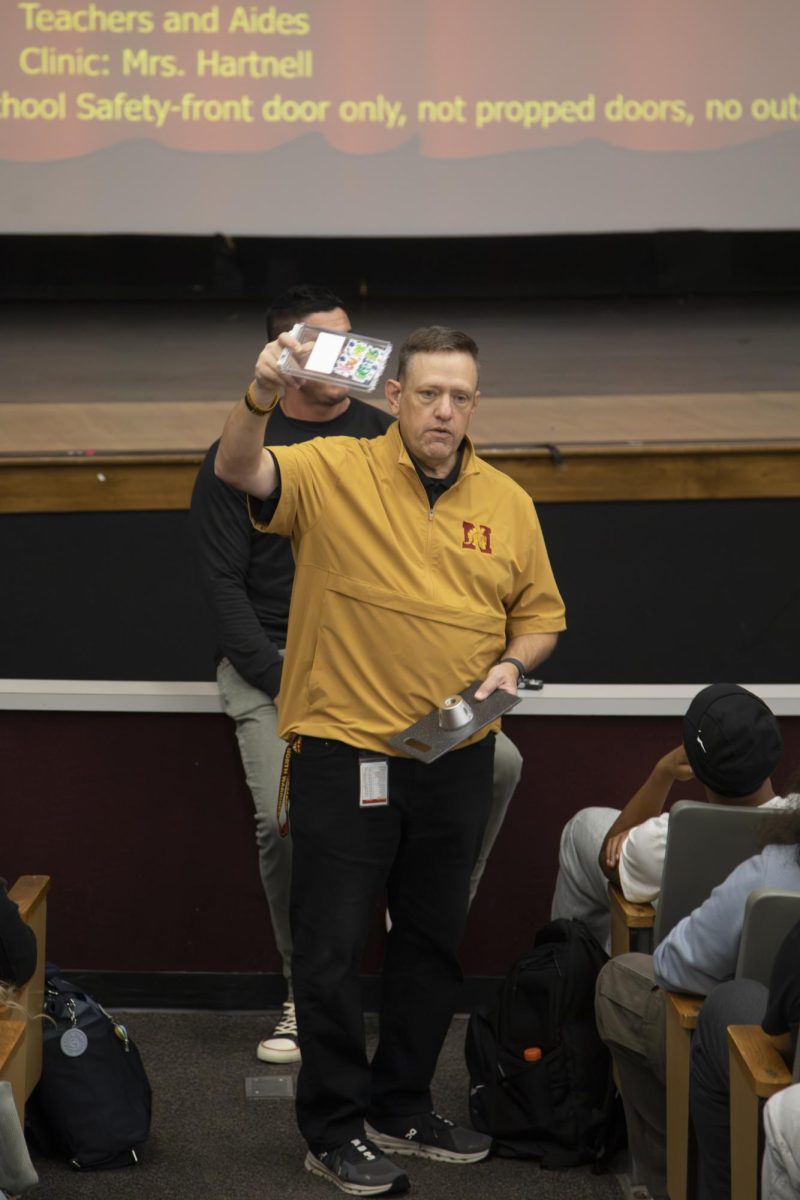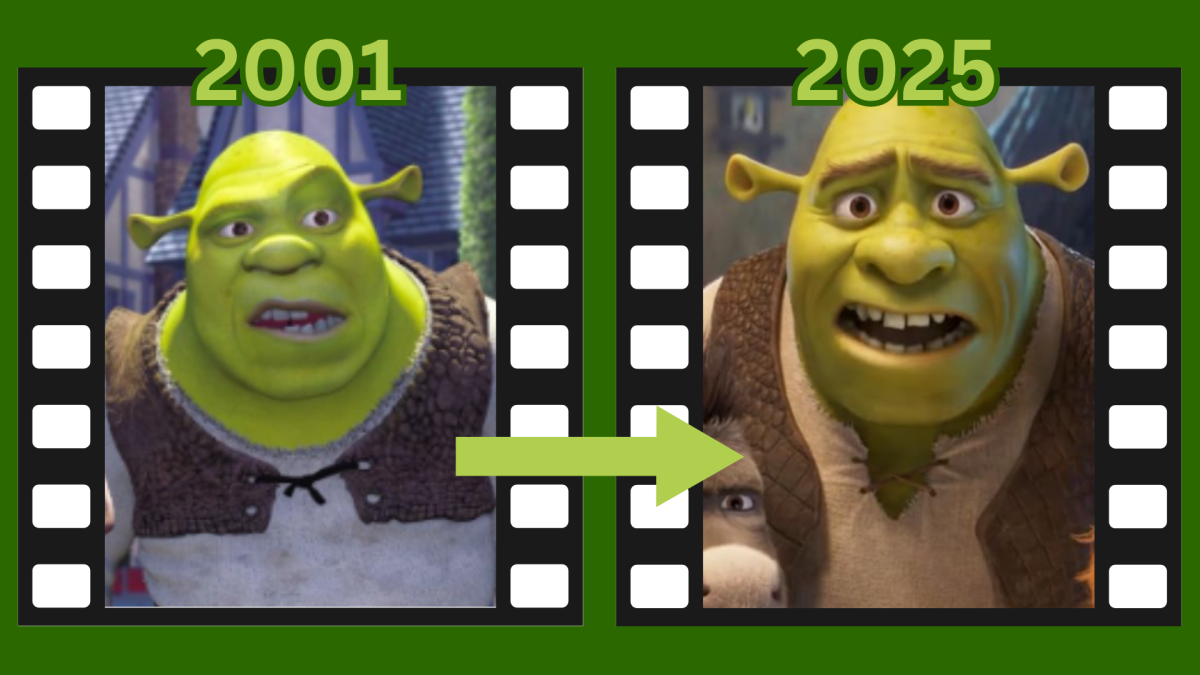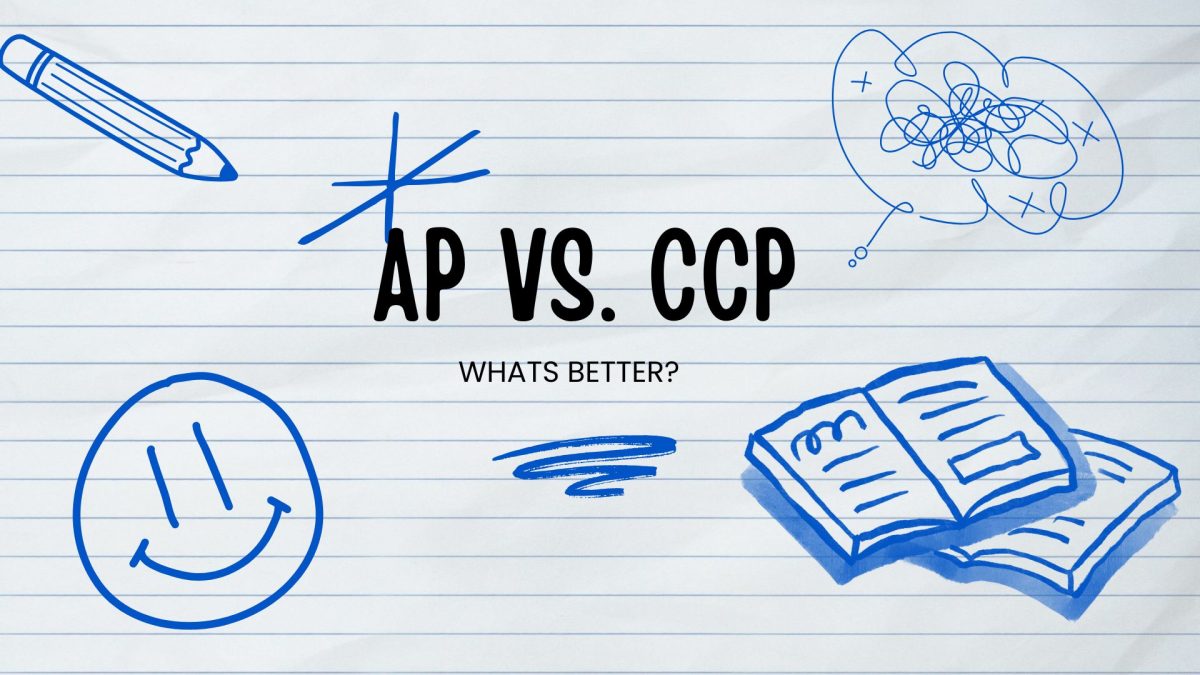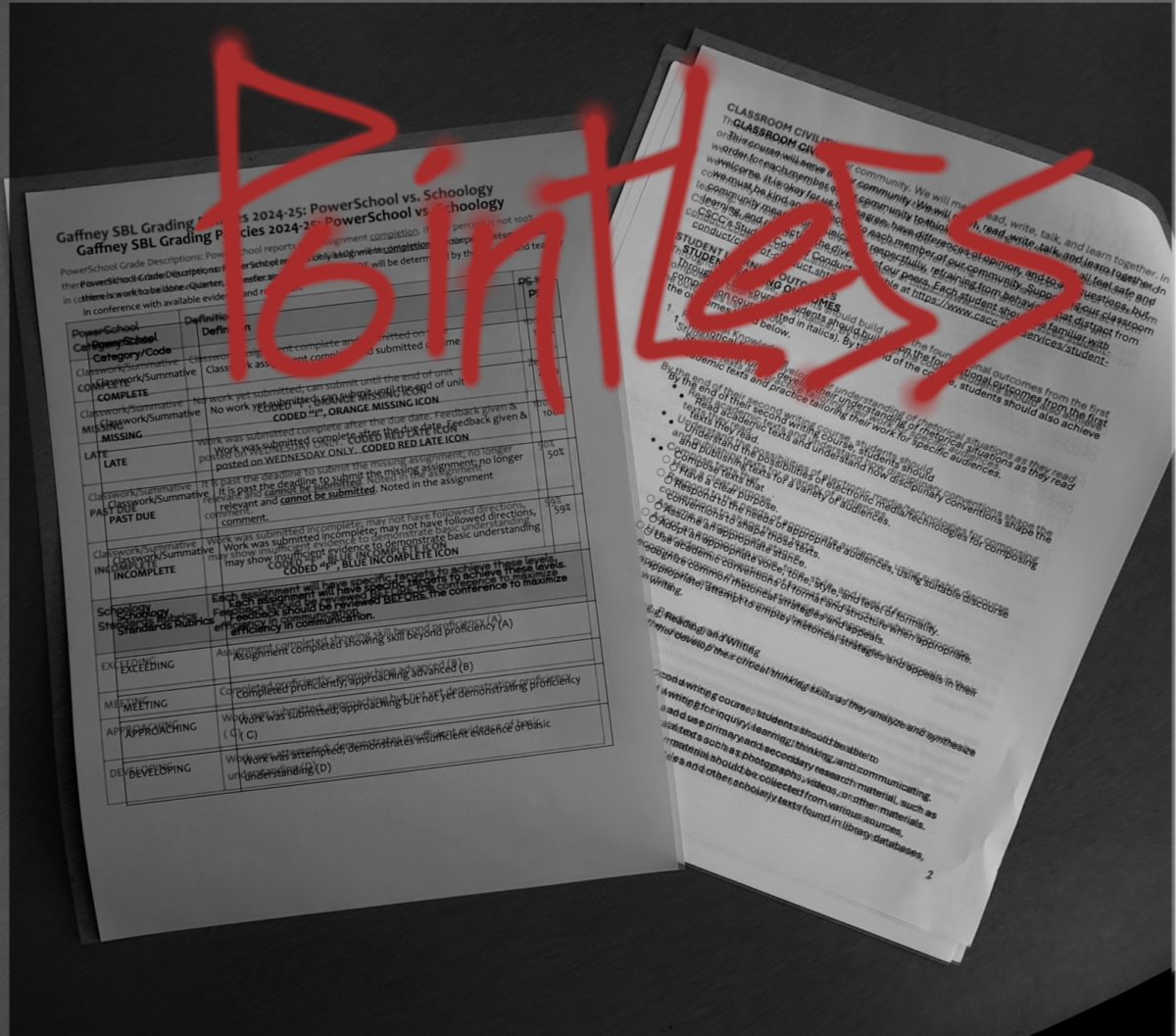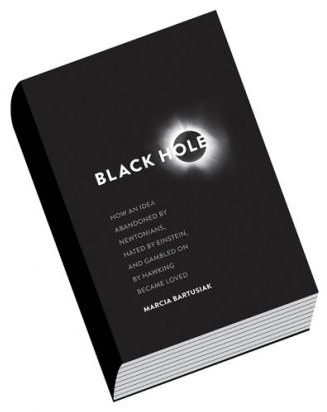
Marcia Bartusiak, in her novel “Black Hole”, unravels reasonings for physicists’ doubt in black holes. Not only does Bartusiak analyze the scientific reasoning for the distaste of these singularities in space, but the novel “Black Hole” emphasizes the dire need for “a good free-wheeling discussion”. While entrancing the audience with her witty language, Bartusiak debunks theories of black holes in a simple way for high school students.
You might have the expectation that scientific journals solely utilize lifeless language. If you thought having gruesomely boring vocabulary was the kicker, sophisticated scientific language is often selective to readers on the expert level. Don’t fear, Bartusiak is here. She refers to “bending and warping” the stage of space-time to a gelatinous treat—Jell-O. Similar to the style of Nick Paumgarten, staff writer for “The New Yorker”, Bartusiak does not skip a beat in making science writing hypnotizing, yet understandable. Paumgarten manages to relate the endosymbiotic theory of biological complexity to “a chocolate-meets-peanut-butter moment”. There it is again—The nectar that seals the deal in scientific writings. Bartusiak even personifies the “twirling cosmic entities”—known as the infamous black hole—as these entities gulp “down a large helping of matter”. Suddenly, you will find yourself wanting to devour every last word of Bartusiak’s writing. Who would’ve ever thought that science writing could be so tasty?
Young scientists are not to be doubted, and Bartusiak explains the scientific awakening of a “dignified youth” and physicist at Cambridge University: Subrahmanyan Chandrasekhar (Chandra). Chandra concluded, “a maximum limit to the mass of a white dwarf”. However, Chandra did not last long without receiving passive criticism from the wise, old owl—Sir Arthur Eddington. Eddington detested Chandra’s efforts to combine special relativity and quantum mechanics. A few space time continuums later, as Chandra’s white dwarf conclusion sat comfortably in “scientific discovery purgatory”, the “Chandrasekar limit” came to be a vital measurement in astrophysics textbooks. Take that Eddington!
With a good “free-wheeling discussion”, scientists uncovered the validity of Chandra’s study. Today’s youth mirror the younger Chandra: A physicist who’s hungry for a scientific breakthrough and brave enough to spite their older and wiser mentor. Bartusiak might inspire you to derive an unforeseen equation or maybe even teach your physics teacher something new.
Taking an AP Physics course and want to dive into conceptualization in the course? This non-fiction piece is vital to understanding physics, and what lies beyond the atmosphere of our blue skies. After reading, you can’t help but feel empowered to pursue your own scientific endeavor. If you find yourself ravenous with your newfound hunger for physics knowledge, you can thank Bartusiak and her delectable dissection of studies that led up to the black hole’s birth.



